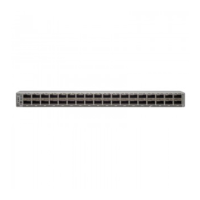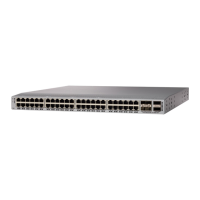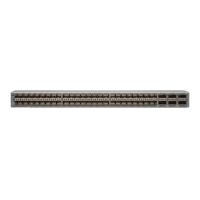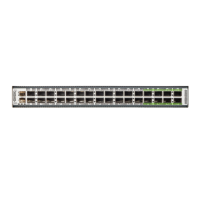PurposeCommand or Action
—
If you use Telnet to access the console port, press Ctrl-] (right
square bracket) to verify that it does not conflict with the Telnet
escape sequence.
Step 3
If the Cisco NX-OS login prompt remains and
the Telnet prompt does not appear, go to Step
6.
Note
Example:
switch login: Ctrl-]
The example shows how to set Ctrl-\ as the escape key
sequence in Microsoft Telnet.
If the Telnet prompt appears, change the Telnet escape sequence
to a character sequence other than Ctrl-] (right square bracket).
Step 4
Example:
telnet> set escape ^\
Escape Character is 'CTRL+\'
If the Cisco NX-OS login prompt remains and
the Telnet prompt does not appear, go to Step
6.
Note
—
Press Enter one or more times to return to the Cisco NX-OS
login prompt.
Step 5
Example:
telnet> <Enter>
switch login:
—
Power cycle the device.
Step 6
—
Press Ctrl-C to access the loader> prompt.
Example:
Ctrl-C
loader>
Step 7
Enters recovery mode.loader> cmdline recoverymode=1
Example:
loader> cmdline recoverymode=1
Step 8
Restarts the device with the nx-os image to reach the
switch(boot)# prompt.
loader> boot n9000-dk9.x.x.x.bin
Example:
loader> boot n9000-dk9.x.x.x.bin
Booting iash
Step 9
Trying diskboot
Filesystem type is ext2fs, partition type 0x83
Image valid
MD5Sum mismatch
INIT: Loading IGB driver ... Signature
Envelope.(36)Invalid Tag in Signature Envelope
Installing SSE module ... done
Creating the sse device node ... done
Installing CCTRL driver for card_type 3 ...
Checking all filesystems.......
Installing SPROM driver ...
Installing default sprom values ...
Cisco Nexus 9000 Series NX-OS Troubleshooting Guide, Release 7.x
27
Troubleshooting Installations, Upgrades, and Reboots
Recovering the Administrator Password
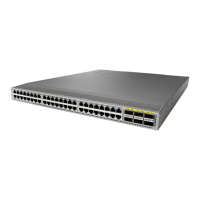
